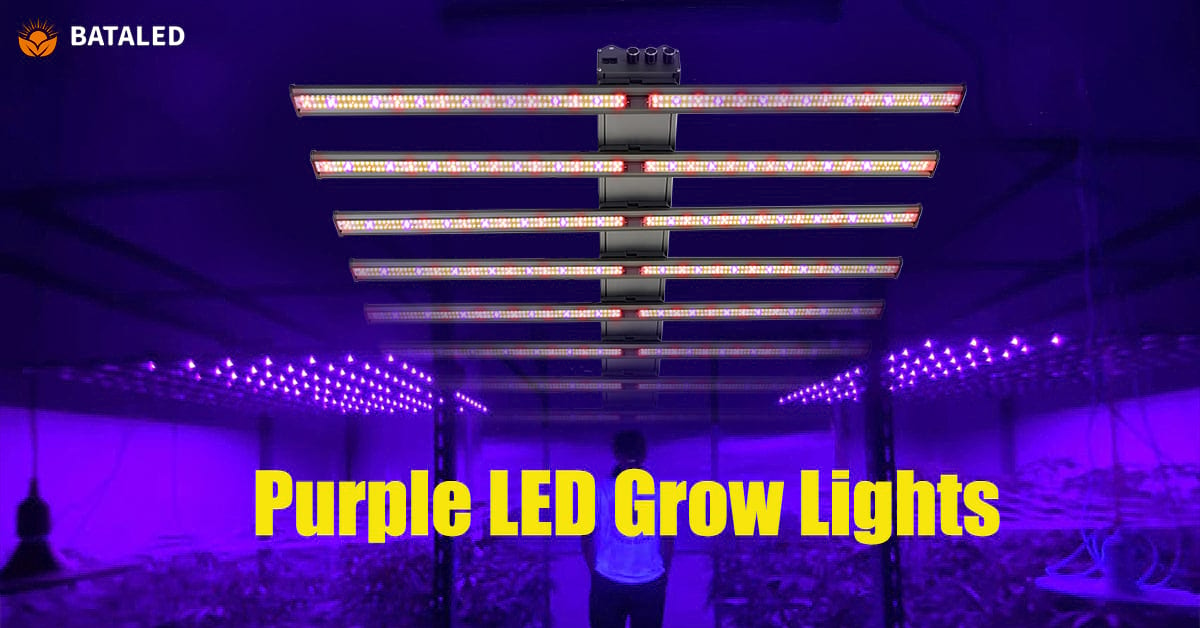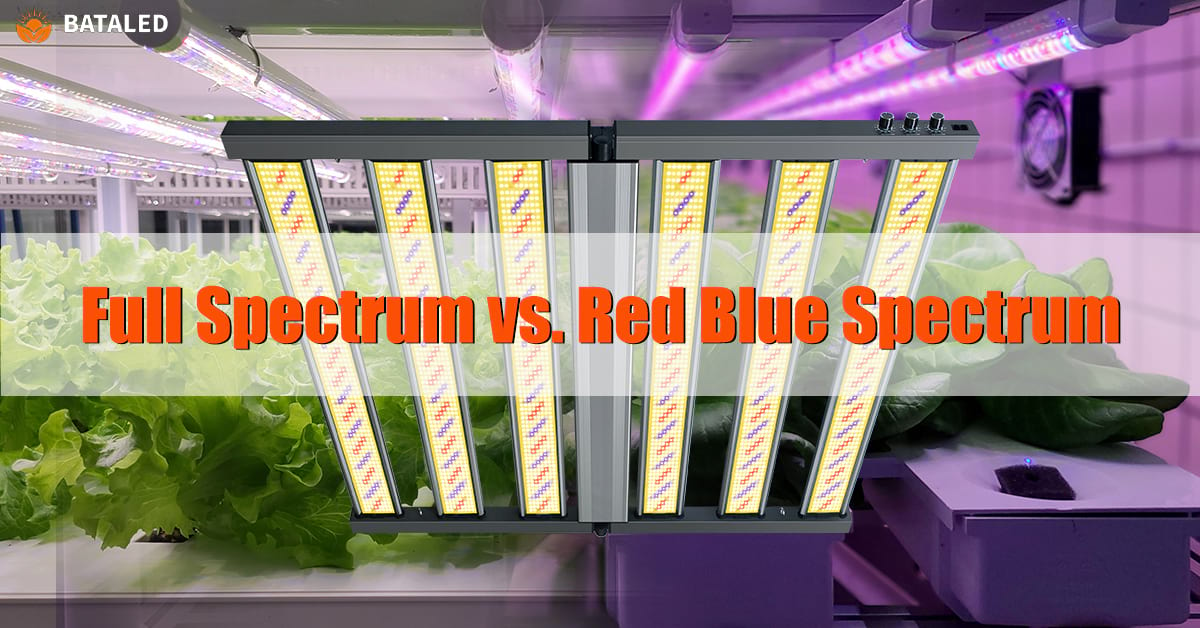Plant Grow Light Dimming Tech Compared: Boosting Yield & Saving Energy with Precision Spectrum Control
In indoor farming, grow lights are essential tools. Yet with so many dimming options available, growers often struggle to choose. This article dives deep into the real-world performance of three mainstream technologies—Single-channel, Three-channel, and Four-channel dimming—using detailed data comparisons to help you find the best lighting solution for your needs. From energy efficiency to plant outcomes, we’ll reveal the science behind different spectrum combinations and offer practical tips.
Basics and Types of Grow Light Dimming Technology
Plants need more than just “bright” or “dark” light—their requirements are complex. Modern grow lights simulate different wavelengths of natural sunlight to deliver precise “light nutrition” for each growth stage. Dimming technology fundamentally means independently controlling these spectral components. This fine-tuned spectrum management affects not just energy use but also crop growth speed, development, and final yield.
-
Single-channel dimming (1-channel): All spectrum components turn on/off together.
-
Three-channel dimming (3-channel): Controls white light, red/far-red light, and UV in three separate channels.
-
Four-channel dimming (4-channel): Adds independent control for red light (660nm) and far-red light (730nm).
A 2022 Wageningen University study showed that multi-channel lights with independent control boost light energy utilization by 25% on average compared to traditional single-channel systems. This highlights the huge potential of precision spectrum control in modern agriculture.
H2: Energy Efficiency Comparison Across Growth Stages
Energy savings are crucial for evaluating grow lights, but raw power numbers can be misleading. We analyze efficiency based on actual needs at each stage:
-
Seedling stage: 3-channel dimming saves 18.5% power by turning off unnecessary red/UV light. 4-channel goes further, saving 28.5% by precisely matching seedlings’ blue/red light needs.
-
Vegetative stage: Savings narrow but persist—6.5% for 3-channel, 3.5% for 4-channel. Notably, 4-channel increases PPF (photosynthetic photon flux) by 9%, delivering more usable light with less power.
-
Flowering stage: Similar to vegetative phase, but far-red light brings added benefits—it speeds up photoperiod response, shortening growth cycles and reducing total energy use.
How Spectrum Control Boosts Plant Quality
Energy savings matter, but the true value of grow lights lies in improved crop quality and yield. Multi-channel dimming shows clear advantages from the start:
- Seedling stage: Tomato seedlings under 3-channel lights develop 25% thicker stems and 42% longer roots—building a strong foundation for growth.
- Vegetative stage: Leaves thicken by 20%, and dry matter accumulation rises 30%—key to plant health and stress resistance.
- Flowering stage: 40% more flowers, 28% higher pollen viability, and 93% bloom synchrony explain why multi-channel systems boost final yields.
- Fruiting stage: Quality shines here—sugar content (Brix) rises from 6.8° to 8.5°, and vitamin C surges 47%. A 2023 Purdue University study found proper UV exposure activates up to 17 secondary metabolic pathways in plants, producing antioxidants and anti-inflammatory compounds.
Practical Dimming Strategies & Tips
Knowing the benefits is one thing—applying them correctly is key:
-
Seedling stage: Turn off far-red and UV. Far-red causes leggy growth; UV may damage cells. Keep white light at 600-800 μmol/m²/s—enough for needs without waste.
-
Vegetative stage: Adjust red:far-red ratios dynamically. Leafy crops benefit from more far-red for stem growth; fruiting crops need red for photosynthesis.
-
Flowering stage: Use far-red to fine-tune the plant’s “internal clock.” Critical for synchronized harvests in commercial setups.
-
Fruiting stage: UV control is an art. Start low (~5% power) and adjust based on crop response. Tomatoes/strawberries tolerate UV well; leafy greens need caution.
ROI Analysis & Tech Selection Guide
With multi-channel systems costing more, growers ask: Is the investment worthwhile? For commercial operations, our cost-benefit analysis says yes. Take tomatoes: A 4-channel system costs 30-40% more upfront than 1-channel, but energy savings + yield gains typically repay the difference in 1.5-2 growth cycles.
Our recommendations:
-
Home/small growers: Start with 1-channel—best cost-to-performance balance.
-
Mid-sized farms: Choose 3-channel, especially for high-value crops.
-
Large vertical farms: Opt for 4-channel (or custom solutions).
Future trend: Smart dimming systems that monitor plants and auto-adjust spectra are emerging. Though pricey now, they’ll likely become mainstream in 3-5 years. For long-term planning, choose upgradable lighting.
Conclusion: Precision Spectrum Unlocks Efficient Farming
Grow light dimming has evolved from basic brightness control to intelligent, spectrum-based management. Comparing 1-, 3-, and 4-channel systems proves multi-channel control boosts efficiency (up to 28.5% energy savings in seedlings) and quality (e.g., +25% sugar, +47% vitamin C). From robust seedlings to synchronized blooms, scientific spectrum recipes are key to high-efficiency modern farming.
For growers: Balance cost vs. long-term gains. Start with 1-channel for small setups; commercial farms should prioritize 3-/4-channel for fast ROI and premium-quality produce.
Looking ahead, smart sensors + dynamic dimming will enable true “on-demand lighting,” slashing resource use while driving agriculture toward sustainability and higher value. Precision spectrum isn’t just better light—it’s the key to unlocking plants’ full potential and harvesting nature’s bounty.
CATEGORIES
Recommended Post

Where It’s Legal to Grow Cannabis: Ultimate Tips & Cultivation Laws
About Author—Jose Li
Jose, a senior content creator at BATA LED, brings over 5 years of expertise in LED grow light. He delivers valuable insights to help growers and farmers better understand LED grow light technology, empowering them to boost crop yields and quality with advanced lighting solutions.


